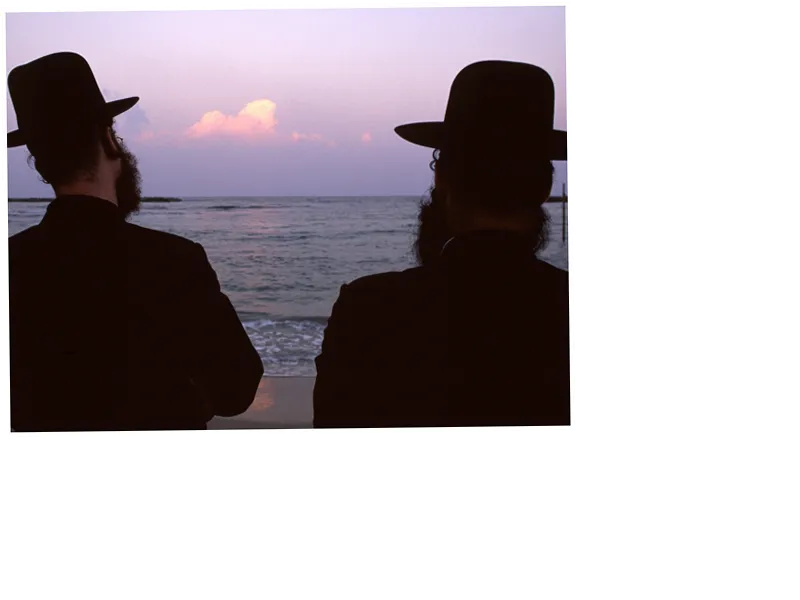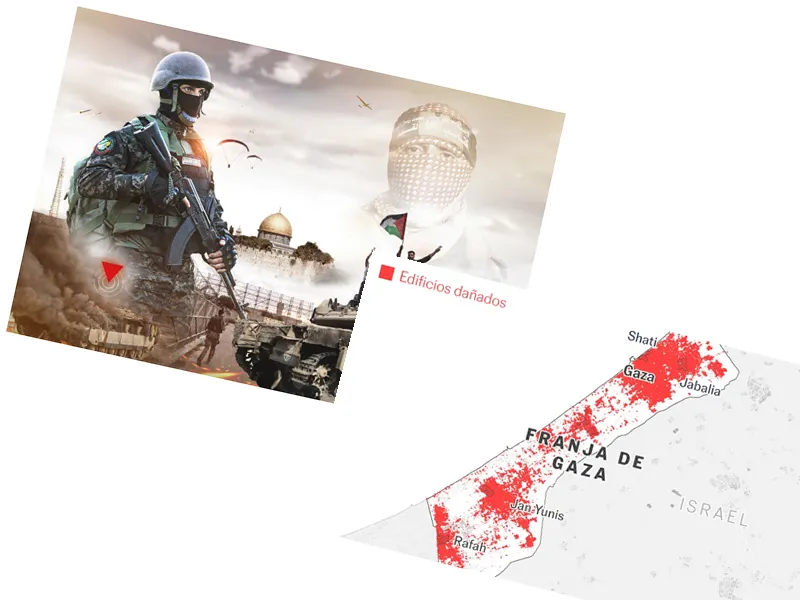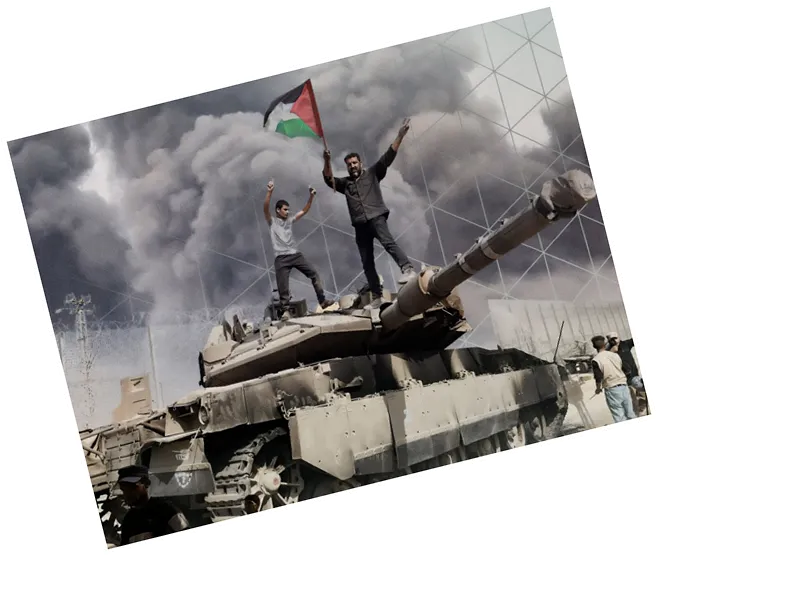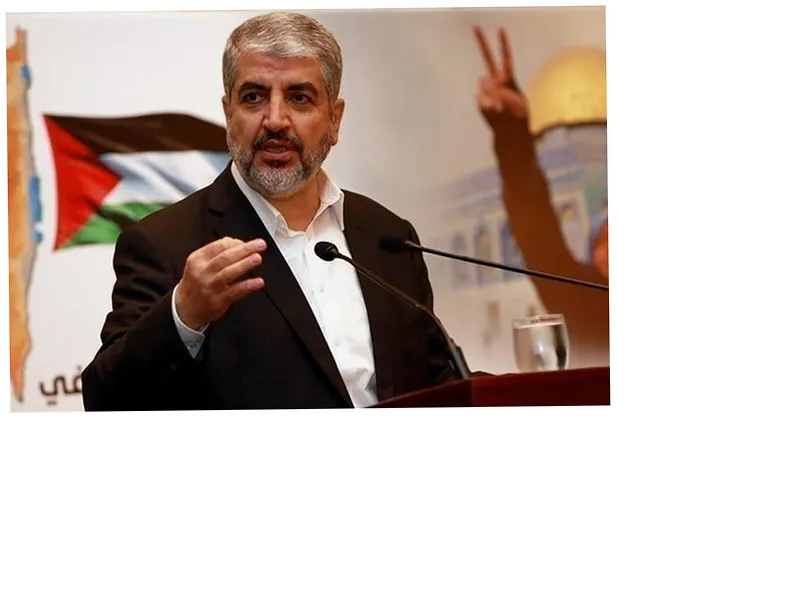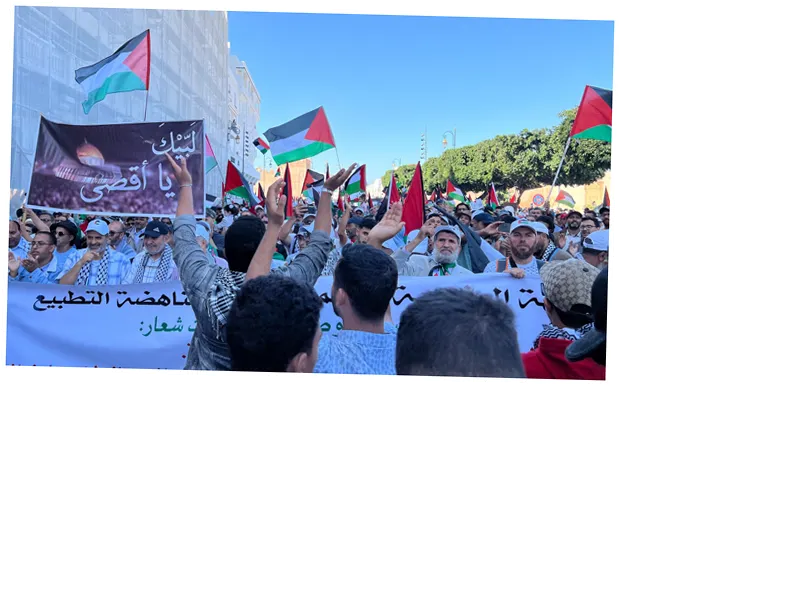The Year of Reckoning: Israel's Ongoing Struggle and Predictions for the Future
As the world reflects on the events following the Al-Aqsa Flood, one year has passed since the outbreak of intense conflict that has left deep scars on the landscape of Gaza and Israel. This year marked a pivotal moment in history, characterized by unprecedented violence and a humanitarian crisis that has drawn global attention. The conflict, which erupted on October 7, is seen not merely as an isolated incident but as a culmination of 75 years of occupation and oppression faced by the Palestinian people.
The brutality witnessed over this year has led to staggering statistics: over 41,788 people have lost their lives, with a shocking 75% being children, women, and the elderly. The ongoing genocide in Gaza has been met with widespread condemnation, yet the support from the United States and various European nations for Israel continues unabated, raising questions about international complicity in these actions. The systematic violence has led to the discovery of 130 mass graves, further highlighting the scale of the tragedy.
Despite the overwhelming force employed by Israel, its objectives of dismantling Hamas and securing the release of hostages remain unfulfilled. Instead, the conflict has exposed deep-rooted societal fractures within Israel itself, with increasing protests against the government’s policies and growing discontent among diverse communities. The potential for an imminent civil war looms large as these tensions escalate.
As Israel grapples with internal strife and international isolation, many analysts suggest that the imminent collapse of the state may be closer than anticipated. The combination of political corruption, economic strain, and the relentless spirit of Palestinian resistance indicates that the future of Israel is precarious, and the possibility of its downfall could manifest in the coming years.
